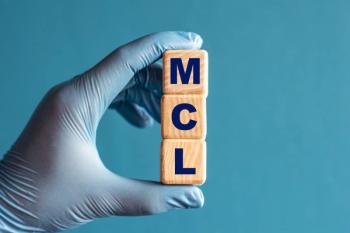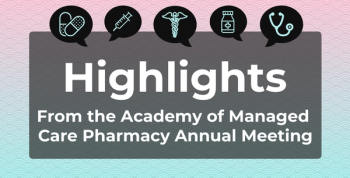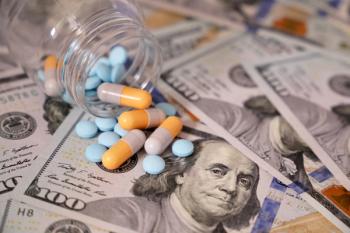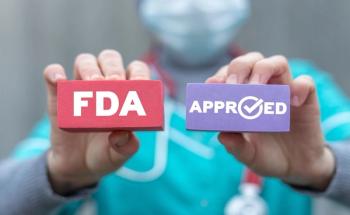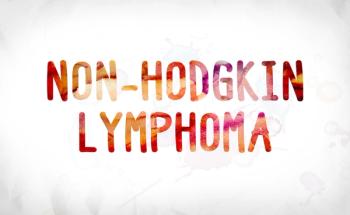
Persistent PrEP Uptake Disparities Exist Among the States
According to this retrospective analysis of preexposure prophylaxis (PrEP) utilization rates in the United States, fewer than 20% of indicated users are taking the HIV preventive medication.
More than half of new annual
Open Forum Infectious Disease
“Since its FDA approval in 2012, uptake among individuals with indications for PrEP has been low in the United States,” the authors wrote.
Data for their investigation were provided by 2 sources: AidsVu.org (state-level numbers of individuals with PrEP prescriptions) and the CDC (state-level estimates of individuals with indications for PrEP). The CDC’s indications for PrEP are 3-fold:
- Have shared injection or drug preparation equipment in the last 6 months
- Have condomless anal or vaginal sex with individuals of unknown HIV status
- Had a bacterial sexually transmitted infection within the last 6 months
There was a 1.18% (95% CI, 0.89%-1.46%) PrEP increase in a following year for every 5% of baseline PrEP usage in the previous year, the authors determined. This means that “disparities between high-uptake and low-uptake states increased between 2014 and 2018,” they wrote. Similar changes were not seen, however, for the 4 regions of the United States (Northeast, Midwest, West, and South; P = .29).
The Northeast, however, did have the highest PrEP uptake among the regions for the study period, at 16.6%, far outpacing the Midwest (9.2%), West (7.1%), and South (7.0%).
State-level analysis revealed these results:
- Median overall uptake rose by 405%, from 1.9% in 2014 to 9.6% in 2018
- At the beginning of the study period, Massachusetts had the highest PrEP uptake, at 8.29%, and Wyoming, the lowest, at 0.4%
- By the end of the study period, New York had the highest uptake, at 29.7%, and Wyoming remained at the bottom, with 2.4%
- Just Oklahoma and Tennessee, as 2 late adopters of PrEP, were able to move themselves out of the bottom-10 uptake states: from sixth to 14th lowest and from seventh to 11th lowest, respectively
- There was a 3.75-fold increase over the study period in the percentage-point uptake difference between early and late PrEP–adopter states: from 4.3 vs 1.1 to 18.0 vs 6.0, respectively
- Midwest top 5 states for uptake: Indiana, Nebraska, Illinois, Kansas, and Ohio
- Northeast top 5 states for uptake: New York, Massachusetts, Connecticut, New Hampshire, and Rhode Island
- West top 5 states for uptake: Washington, Utah, California, Nevada, and New Mexico
- South top 5 states for uptake: Washington, DC; Louisiana; Arkansas; West Virginia; and Mississippi
The investigators explained that they expected higher rates of PrEP use in states late to the game in using the medication, because they would need to catch up to states already using PrEP. However, their findings demonstrate that “prior PrEP use predicted increased growth,” thereby contributing to the between-state disparities as shown by those findings.
Other reasons for the varying uptake levels include the use of social networks and peers to reduce stigma associated with PrEP usage and to increase knowledge of the preventive regimen, as well as health care provider and geographic variability of PrEP clinics.
“With disparities in PrEP uptake worsening, federal and state health policies must align with broader [
To that end, they suggested identifying best practices from the states who adopted PrEP use early and had high uptake levels so they could be shared, and potentially adopted by, with other states. The authors also noted the success of HIV treatment drug-assistance programs, which target uninsured and underinsured individuals, and the potential of
Reference
Powers SD, Rogawski McQuade ET, Killelea A, Horn T, McManus KA. Worsening disparities in state-level uptake of human immunodeficiency virus preexposure prophylaxis, 2014–2018. Open Forum Infect Dis. 2021;8(7):1-6. doi:10.1093/ofid/ofab293
Newsletter
Stay ahead of policy, cost, and value—subscribe to AJMC for expert insights at the intersection of clinical care and health economics.

